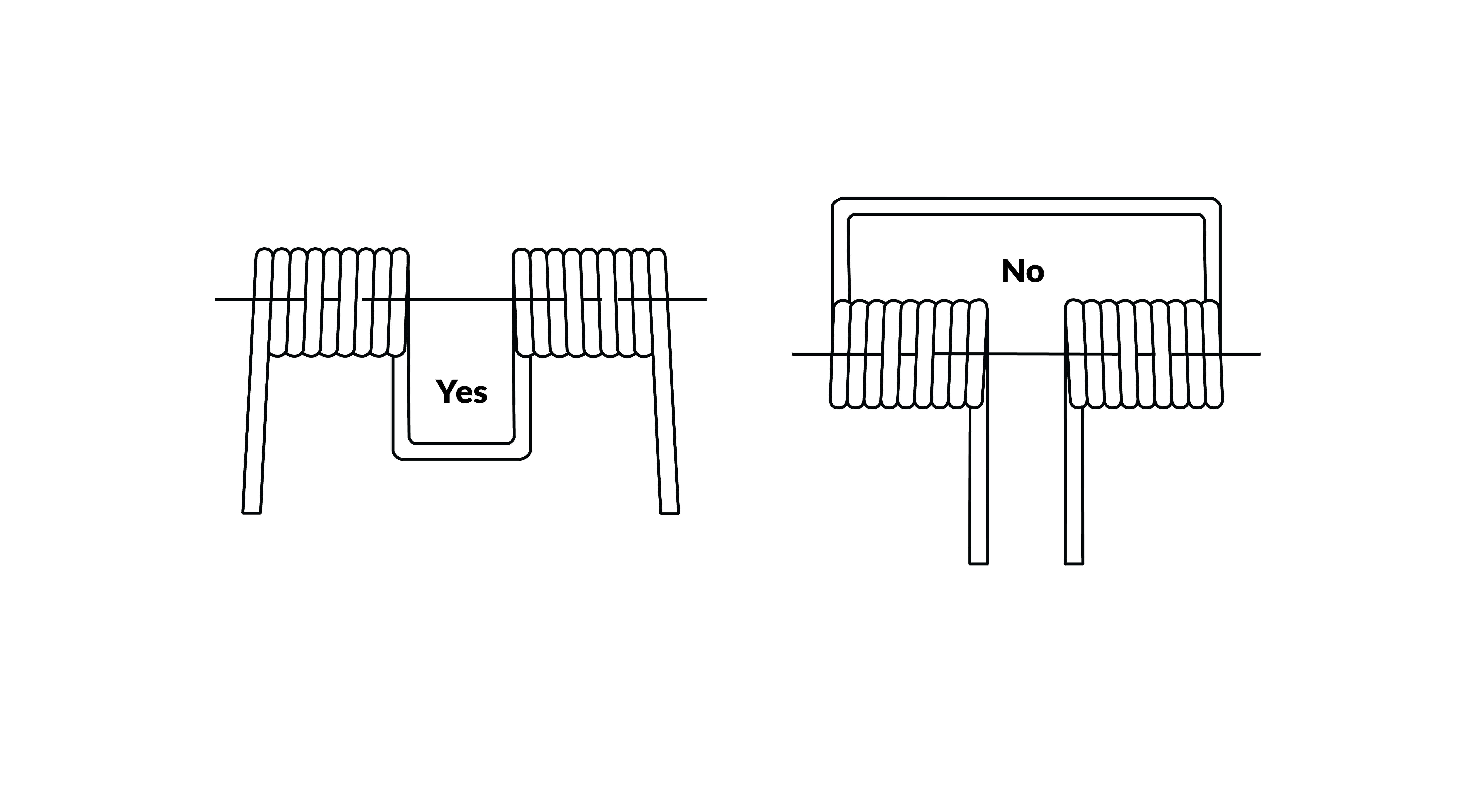Get unique, complex parts easily. No matter your requirements, Chaoyi Spring creates hard-to-produce coil springs and wire forms.
Let us help you create the custom wire form you need, from S-hooks and J-hooks to utility hooks and more.
We work closely with customers across a wide range of industries, helping them design and manufacture made-to-order parts.
Why choose Chaoyi Spring? We prioritize customer-focused collaboration, modern equipment and the latest technology to make your parts per print.
Find the information and guidance you need, from measuring a spring to learning about materials, placing an order and much more.
Installing garage door tension springs can be a daunting task, but it is a crucial step in maintaining your garage door’s proper operation and ensuring its safety. These powerful springs


Installing garage door tension springs can be a daunting task, but it is a crucial step in maintaining your garage door’s proper operation and ensuring its safety. These powerful springs provide the counterbalance needed for smooth and effortless door operation. While you may be tempted to tackle the job yourself, it’s essential to understand the risks involved and consider whether professional help is necessary. This guide will walk you through the process, offering insights and safety precautions for both DIY enthusiasts and those seeking professional guidance.

Garage door tension springs are the unsung heroes of your garage door system. They provide the counterbalancing force that makes opening and closing your door a breeze, preventing it from slamming down and causing injury or damage. These springs are under tremendous pressure, and improperly installed or worn-out springs can be extremely dangerous. Think of them as the silent guardians of your garage door safety.
The decision of whether to tackle garage door tension spring installation yourself or hire a professional hinges on a few key factors. Do you have the necessary tools, mechanical skills, and most importantly, experience with working with high-tension springs? The answer is often a resounding “no” for most homeowners, and for good reason. Garage door tension springs operate under immense pressure, and even a minor error during installation can lead to serious injury or even death.
If you’re unsure, it’s always best to err on the side of caution and call a professional. They have the expertise, safety gear, and experience to handle these powerful springs with precision and care. Don’t underestimate the potential dangers involved. A few extra dollars spent on professional installation will save you countless headaches and potentially save your life.
Before diving into the installation process, it’s essential to have a basic understanding of how garage door tension springs work. They are typically made of high-quality steel and come in various lengths and diameters. The key principle is that they store potential energy when compressed, providing the counterbalance needed to lift the heavy garage door. As the door opens, the springs release their stored energy, making it easier to lift.
There are two main types of garage door tension springs: torsion springs and extension springs. Torsion springs are located above the door, typically mounted on a shaft. They operate by twisting, storing energy as they rotate. Extension springs, on the other hand, are located on the sides of the door and stretch as the door opens. Both types are powerful and require careful handling.
Before you even think about touching those springs, remember that safety comes first. Improper handling can result in serious injury. It’s imperative to adhere to the following safety guidelines:
As mentioned earlier, installing garage door tension springs is a high-risk endeavor that should only be undertaken by someone with extensive experience and knowledge. If you're determined to attempt this DIY project, we urge you to do so with extreme caution. We also recommend consulting with a professional garage door technician for guidance and advice.
Here’s a general overview of the steps involved, but remember, we’re not providing comprehensive instructions, only a glimpse into the complexity of the task:
Again, we strongly emphasize that this guide is intended for informational purposes only and does not constitute professional advice. If you’re not confident in your abilities, seek professional assistance. The risks involved are simply too high to ignore.
While the DIY approach might seem tempting, it's crucial to understand the inherent dangers involved in installing garage door tension springs. Hiring a professional garage door technician offers numerous advantages:
If you're considering DIY, weigh the risks carefully. The cost of professional installation is a small price to pay for safety and a well-functioning garage door.
Installing garage door tension springs is a critical maintenance task that can impact the safety and smooth operation of your garage door. While the DIY route may seem tempting, it's essential to prioritize safety and consider your skills and experience. If you’re in doubt, a professional garage door technician is the best and safest choice. Remember, a well-maintained garage door is an investment in your home's safety and functionality.
Browse some of the custom wire forms and springs that we manufacture. Don’t see what you need? We specialize in made-to-order products that meet your application requirements.
Visit Our GalleryNeed a custom wire form or coil spring? We make it work. Fill out the contact form and a representative will respond within 1 business day. If you have a PDF or CAD file, you can submit to request a quote.